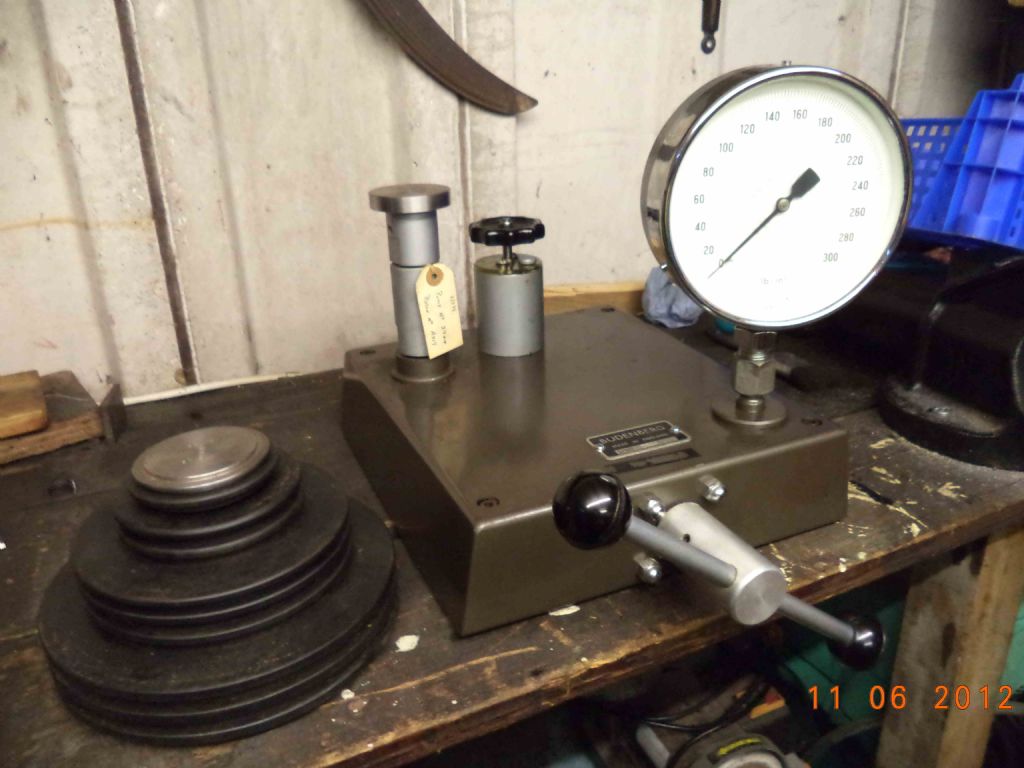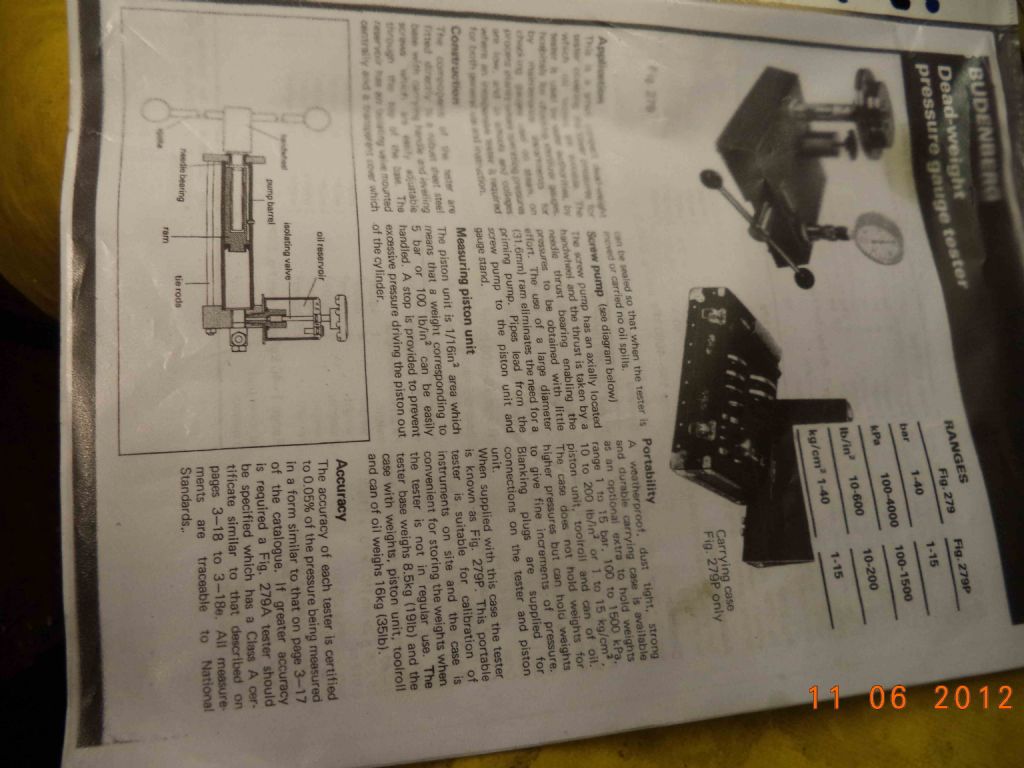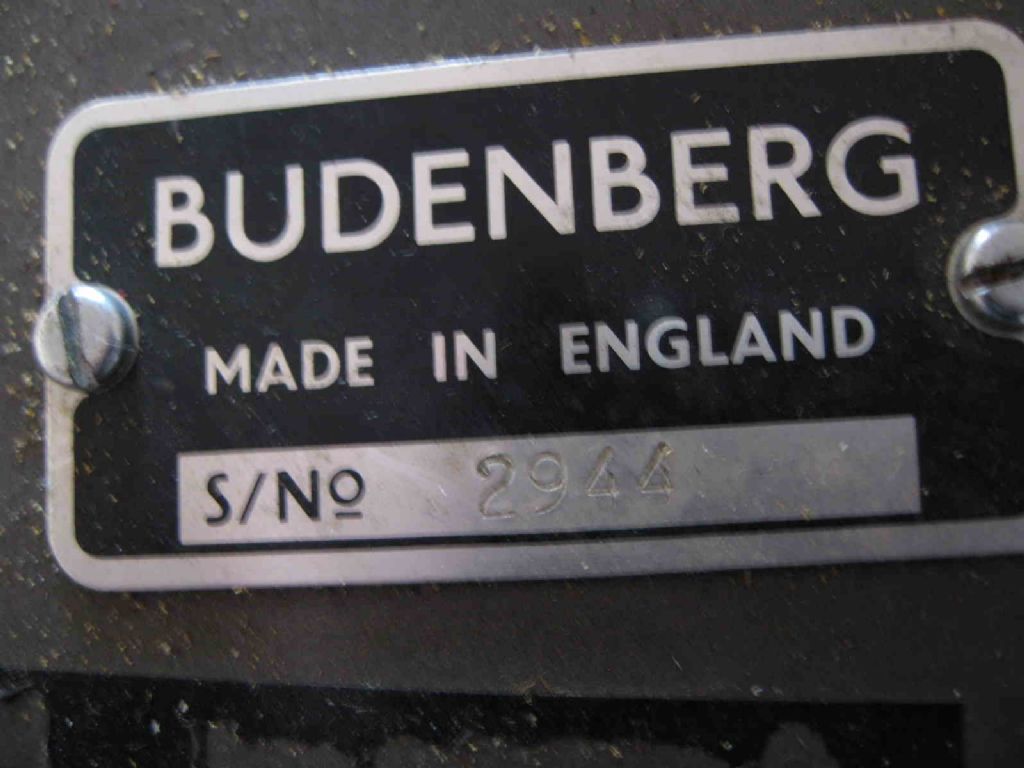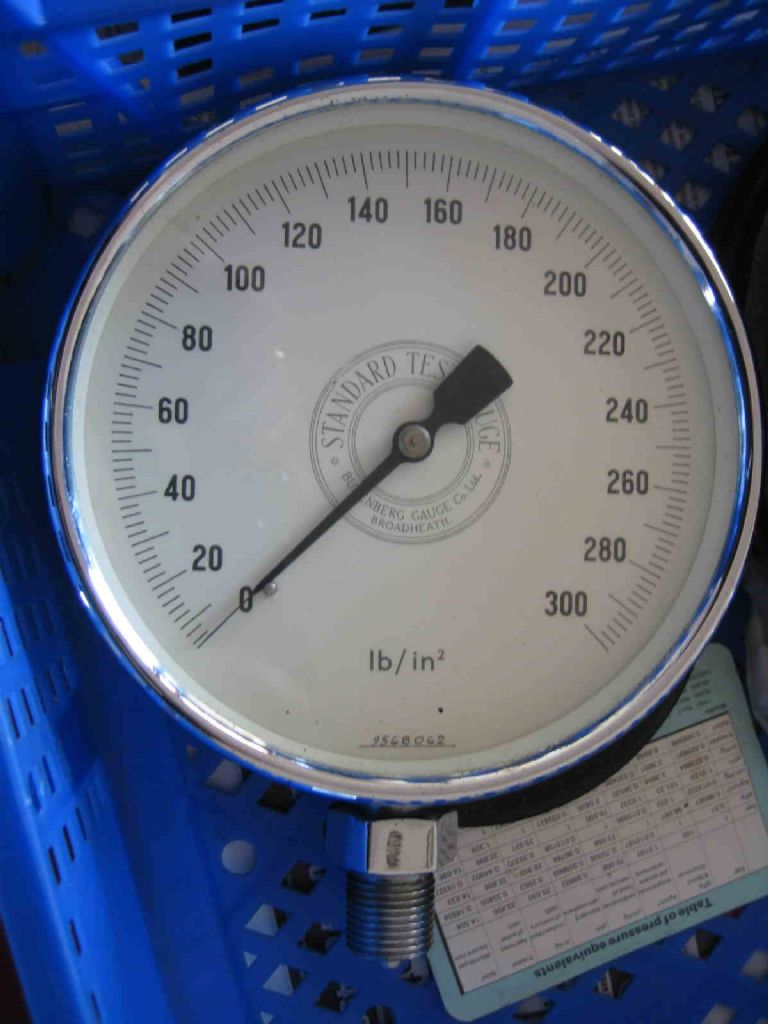Budenberg Dead Weight Pressure Tester
Budenberg Dead Weight Pressure Tester
- This topic has 16 replies, 10 voices, and was last updated 27 January 2018 at 17:00 by
Howard Lewis.
Viewing 17 posts - 1 through 17 (of 17 total)
Viewing 17 posts - 1 through 17 (of 17 total)
- Please log in to reply to this topic. Registering is free and easy using the links on the menu at the top of this page.
Latest Replies
Viewing 25 topics - 1 through 25 (of 25 total)
-
- Topic
- Voices
- Last Post
Viewing 25 topics - 1 through 25 (of 25 total)
Latest Issue
Newsletter Sign-up
Latest Replies
- Arc Euro Trade Ltd.
- My vise isn’t at 90 degrees
- Lathe index tips
- Hopeless…Alibre Ass
- Model Engine running just off a naked flame
- The Latest INDEX to Model Engineer & Workshop (Also past issues of MEW)
- Round Bar Bender
- Diving in to ATC?
- Edward Thomas excessive wheel slip
- Adding a quill lock to a drill press









